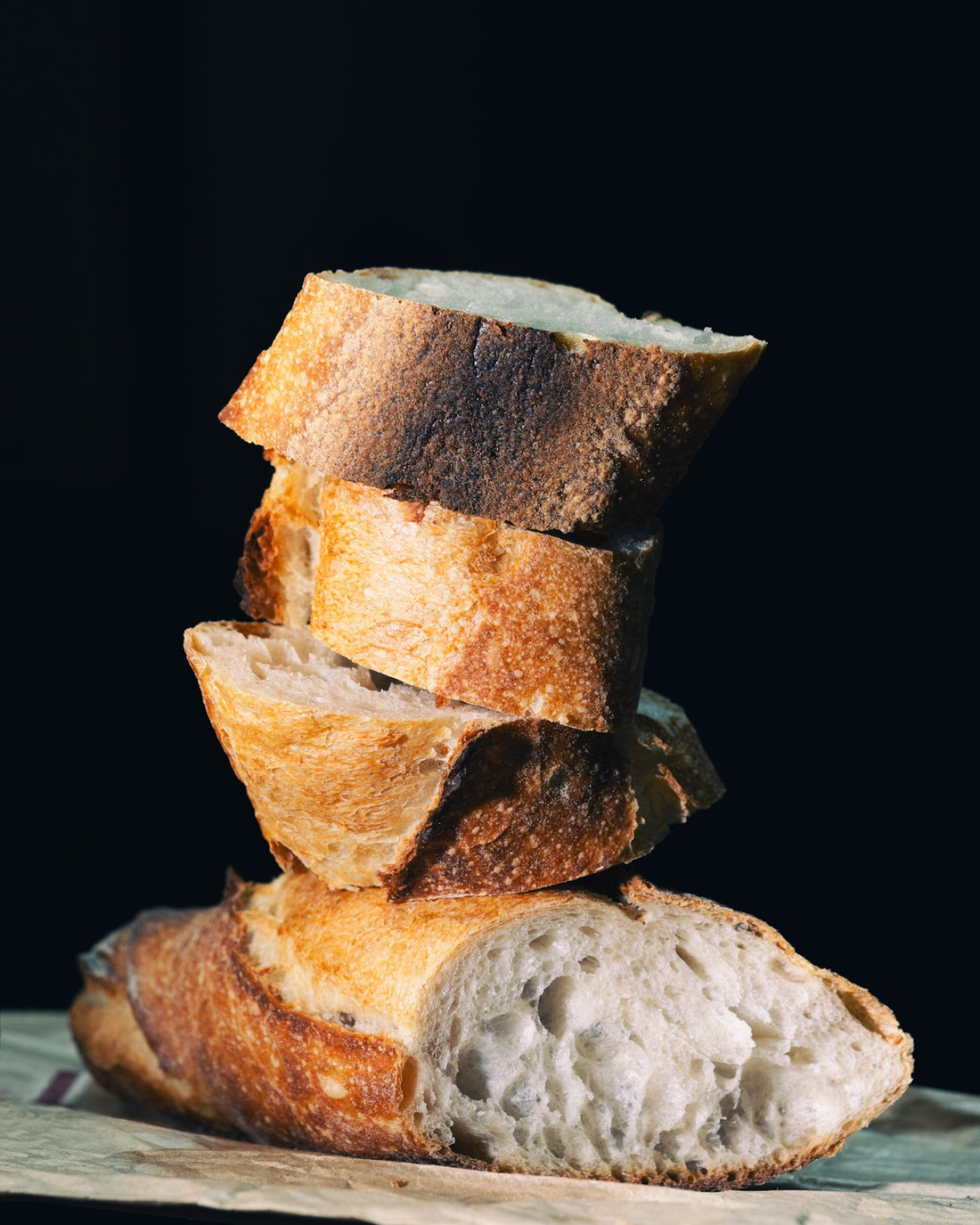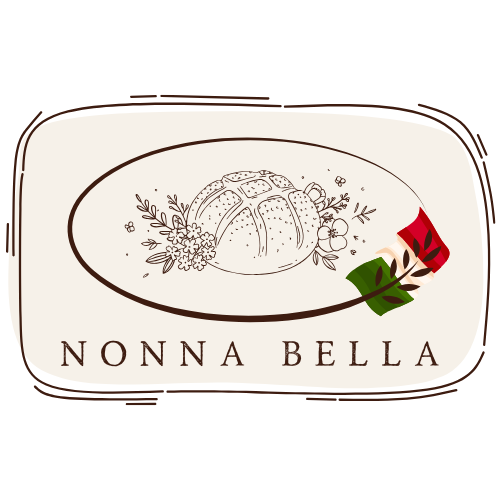
Craft Easy Sourdough Bread at Home with These Simple Steps
Who doesn't love the smell of fresh sourdough bread wafting through the home? If you're eager to dive into the world of homemade sourdough, you're about to embark on a delicious journey. Crafting sourdough bread might seem daunting at first, but with some simple steps and the right guidance, you can master this beautiful art of baking. Let's get started!
Understanding Sourdough: A Breather on Bread Basics
Before jumping into the recipe itself, it's important to understand the basics of sourdough bread. Unlike regular bread, sourdough doesn't rely on commercial yeast. Instead, it uses a sourdough starter — a mixture of flour and water that captures wild yeast and beneficial bacteria from the environment. This process, known as wild yeast fermentation, is what gives sourdough its distinctive tangy flavor and chewy texture.
Benefits of Sourdough Fermentation
- Digestibility: The fermentation process breaks down gluten, making sourdough easier to digest. This makes it a popular choice for those sensitive to gluten.
- Nutritional Value: Fermentation increases the bioavailability of nutrients, resulting in a loaf that’s packed with more vitamins and minerals.
- Blood Sugar Management: Sourdough fermentation results in bread with a lower glycemic index compared to regular bread, which can be beneficial for diabetics.
Starting with the Starter: How to Create and Maintain a Sourdough Starter
The first step to baking sourdough bread is creating a sourdough starter. This living culture is essential, and getting it right from the start sets the tone for your sourdough journey.
Creating Your Sourdough Starter
- Day 1: Mix 50 grams of whole wheat flour with 50 grams of water in a clean jar. Cover loosely and let it rest at room temperature.
- Day 2: Add another 50 grams each of flour and water. Stir well and cover.
- Days 3-7: Continue feeding your starter the same amount of flour and water every day. You'll notice bubbles forming and the starter doubling in size, indicating active fermentation.
How to Feed Sourdough Starter
Once your starter is active, maintain it with a regular sourdough starter feeding schedule. Feed your starter every 24 hours if kept at room temperature. If you need to pause for a while, learn how to store sourdough starter in the fridge, which slows down the fermentation process.
Sourdough Starter Troubleshooting
Issues can arise with sourdough starters. A key part of "My Sourdough Life" includes understanding common problems like a watery starter or insufficient rise. Often, adjusting your flour-to-water ratio or the ambient temperature can resolve these issues.
Explore our Silicone Baking Mat Kneading Pad Dough Mat, ideal for working with dough without the mess.
The Sourdough Bread Recipe: Step-by-Step Guide
Once your starter is ready, it's time to make the bread. Here’s an easy sourdough bread recipe you can try at home.
Ingredients
- 500 grams of bread flour
- 350 grams of water
- 100 grams of active sourdough starter
- 10 grams of salt
Instructions
- Autolyse: Combine the flour and water in a large bowl and let it rest for 30 minutes. This helps gluten development.
- Mix: Add the sourdough starter and salt to the mixture. Mix until combined.
- Bulk Fermentation: Allow the dough to ferment at room temperature until it doubles in size (usually 4-5 hours).
- Folding: During bulk fermentation, perform stretch and folds every 30 minutes for the first 2 hours.
- Shaping: Check our guide on how to shape sourdough bread for best results.
- Final Proofing: Once shaped, let the dough rest until it passes the finger-dent test.
- Scoring: Use the Bread Lame Dough Score Cutting Tools to create patterns on the surface for that professional artisan look.
- Baking: Preheat your oven to 230°C and bake in a preheated Nonna Bella 2 in 1 Seasoned 4.5L Cast Iron Double Dutch Oven Combo Cooker for 20 minutes with lid, then another 25 minutes uncovered for a crispy sourdough crust.
Mastering Sourdough Baking: Tips and Tricks
Sourdough Baking Tips
- Humidity & Temperature: Both have significant impacts on fermentation. Always adjust proofing times based on weather conditions.
- Organic Ingredients: Opt for an organic sourdough starter and flour to maximize health benefits.
- Scoring Techniques: The best sourdough scoring techniques ensure even expansion and add visual appeal.
- Sourdough vs. Yeast: Understand that sourdough requires patience, unlike quick yeast-based breads.
Sourdough Bread Troubleshooting
Common issues like a dense loaf or uneven rise are often solved by experimenting with fermentation times or flour types. It's a process of discovery that every baker navigates.
Delicious Beyond Bread: Exploring Sourdough Discard Recipes
Don’t throw away your sourdough discard; it’s a recycler's dream! Use it in pancakes, muffins, or even sourdough pizza dough. One favorite includes sourdough bagels, which bring a tangy twist to a classic favorite.
For pizza enthusiasts, the rustic charm of Nonna’s Wooden Pizza Board makes every homemade pie a culinary masterpiece.
Summary
Crafting sourdough at home is more than just baking; it's embracing a tradition with benefits reaching beyond taste to health. Harness the power of wild yeast fermentation and embark on a journey of endless, delicious possibilities. Let the world of Italian sourdough bread inspire your creations and become part of your own sourdough life.
Explore all the necessary tools and ingredients at Italian Sourdough's online store to begin your bread baking journey with confidence and style.
